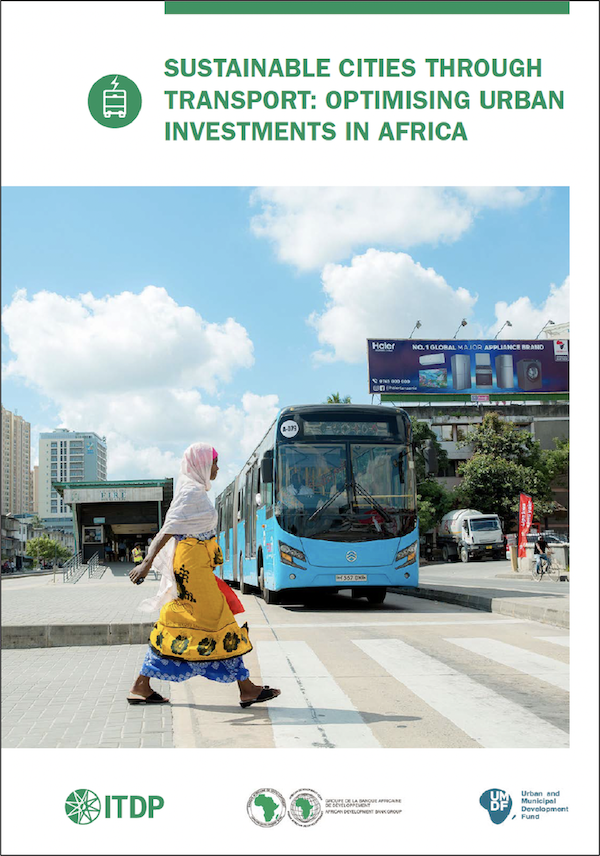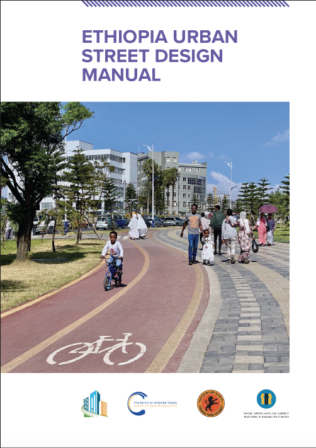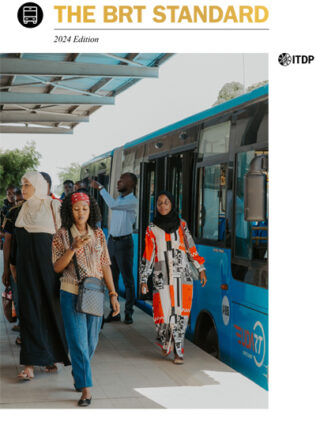Sustainable cities through transport: Optimising urban investments in Africa
Africa’s urbanisation is accelerating the demand for sustainable transport solutions. However, current investments are still heavily skewed towards private vehicle infrastructure, leading to traffic congestion, environmental degradation, and limited access to efficient public and non-motorised transport (NMT) options. Sustainable Cities Through Transport: Optimising Urban Investments in Africa examines pathways to address these issues by prioritising mass rapid transit, walking, and cycling, offering a vision of inclusive, low-carbon urban mobility.
The report outlines four investment scenarios: Business-as-Usual (BAU), Electrification, High Shift, and High Shift + Electrification. Under the BAU scenario, continued road expansions and car-centric infrastructure result in worsened congestion, increased emissions, and rising transport costs. The Electrification scenario focuses on transitioning to electric vehicles (EVs), which, while beneficial for reducing fuel consumption and air pollution, does not resolve congestion or improve urban accessibility. In contrast, the High Shift scenario, which emphasises significant investments in public transport and NMT infrastructure, presents a compelling solution. This approach envisions cities developing bus rapid transit (BRT) networks, cycle tracks, and pedestrian-friendly streets. It aims to transform urban mobility and reduce cumulative CO2 emissions by 5,078 million metric tons of CO2 equivalent (Mt CO2e), which is well below the 1.5°C warming threshold, and also reduce urban infrastructure investment costs by over USD 2,140 billion. The High Shift + Electrification scenario combines the benefits of sustainable transport systems with electrification, delivering additional environmental and cost-saving advantages.
Financing sustainable urban transport is critical to achieving these outcomes. To support large-scale investments in BRT, cycle networks, pedestrian infrastructure, and electrified transport systems, governments must leverage a combination of public funds, private sector participation, and development finance. The report emphasises the need for clear, long-term investment strategies aligned with urban development goals. Mechanisms such as private partnerships (PPPs), international development loans, and innovative financing models like land value capture can help mobilise the necessary capital. Additionally, implementing demand management tools like congestion pricing and dynamic parking fees can generate revenue to support ongoing transport investments.
By adopting a comprehensive financing strategy and prioritising sustainable mobility, African cities can unlock significant economic, social, and environmental benefits. These investments will help create more equitable, accessible, and low-carbon cities that are prepared for the challenges of the future.




